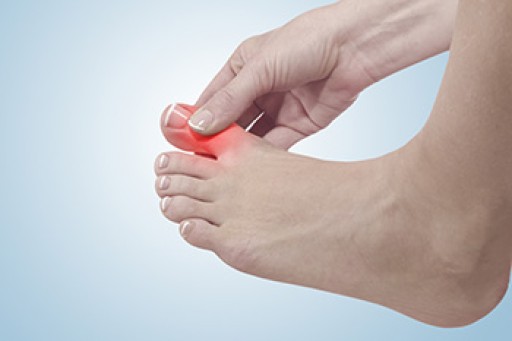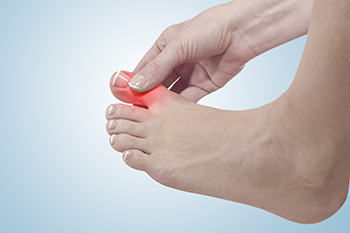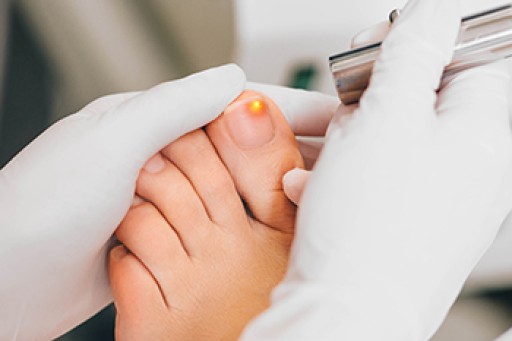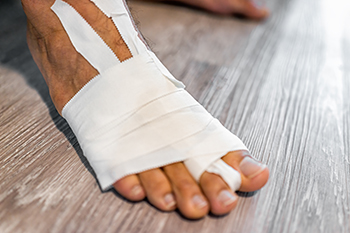
Caring for a child's feet is essential for their overall growth, as their feet develop significantly in early years. To ensure healthy foot development, it is important to let children move their feet freely, without restrictive clothing or bedding. Regular cleaning and drying of the feet, especially between the toes, helps prevent infections. Parents should be vigilant for any signs of cuts, sores, swelling, warts, or ingrown toenails. Barefoot walking is beneficial for children learning to crawl and walk, aiding natural foot and toe development. However, in cold weather, appropriate footwear such as socks or booties is necessary. Since children's feet grow rapidly, regularly checking the fit of socks and shoes is vital to avoid discomfort. When choosing shoes, ensure they fit well and allow for movement and growth. Synthetic shoes should be avoided in favor of breathable, natural materials. Parents should watch for any foot problems or changes in walking patterns and if concerned, it is suggested that they schedule an appointment with a podiatrist for a thorough examination of their child’s feet and treatment if necessary.
Making sure that your children maintain good foot health is very important as they grow. If you have any questions, contact Vincent, Vess of Fourth River Foot & Ankle. Our doctor can provide the care you need to keep you pain-free and on your feet.
Keeping Children's Feet Healthy
Having healthy feet during childhood can help prevent medical problems later in life, namely in the back and legs. As children grow, their feet require different types of care. Here are some things to consider...
Although babies do not walk yet, it is still very important to take care of their feet.
Avoid putting tight shoes or socks on his or her feet.
Allow the baby to stretch and kick his or her feet to feel comfortable.
As a toddler, kids are now on the move and begin to develop differently. At this age, toddlers are getting a feel for walking, so don’t be alarmed if your toddler is unsteady or ‘walks funny’.
As your child gets older, it is important to teach them how to take care of their feet.
Show them proper hygiene to prevent infections such as fungus.
Be watchful for any pain or injury.
Have all injuries checked by a doctor as soon as possible.
Comfortable, protective shoes should always be worn, especially at play.
If you have any questions please feel free to contact our offices located in Pittsburgh, White Oak, and McKeesport,PA . We offer the newest diagnostic and treatment technologies for all your foot and ankle needs.











